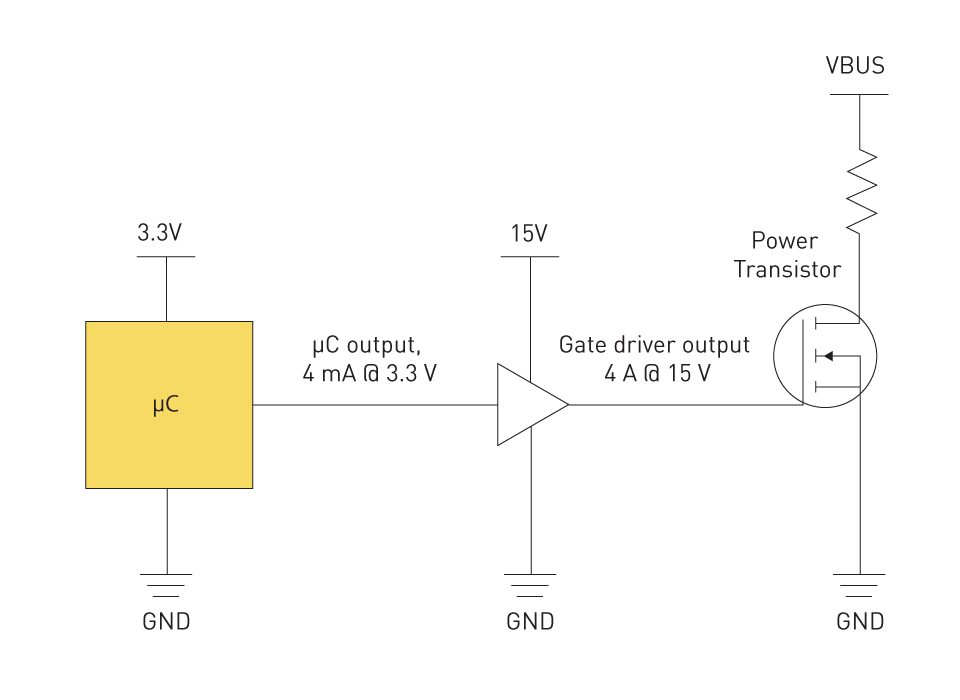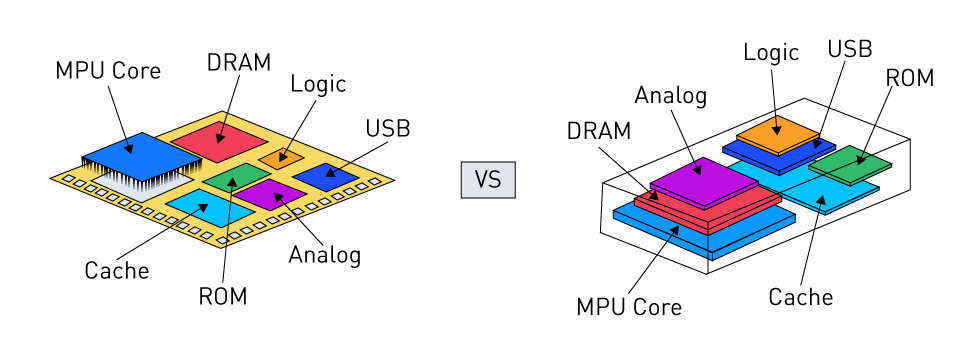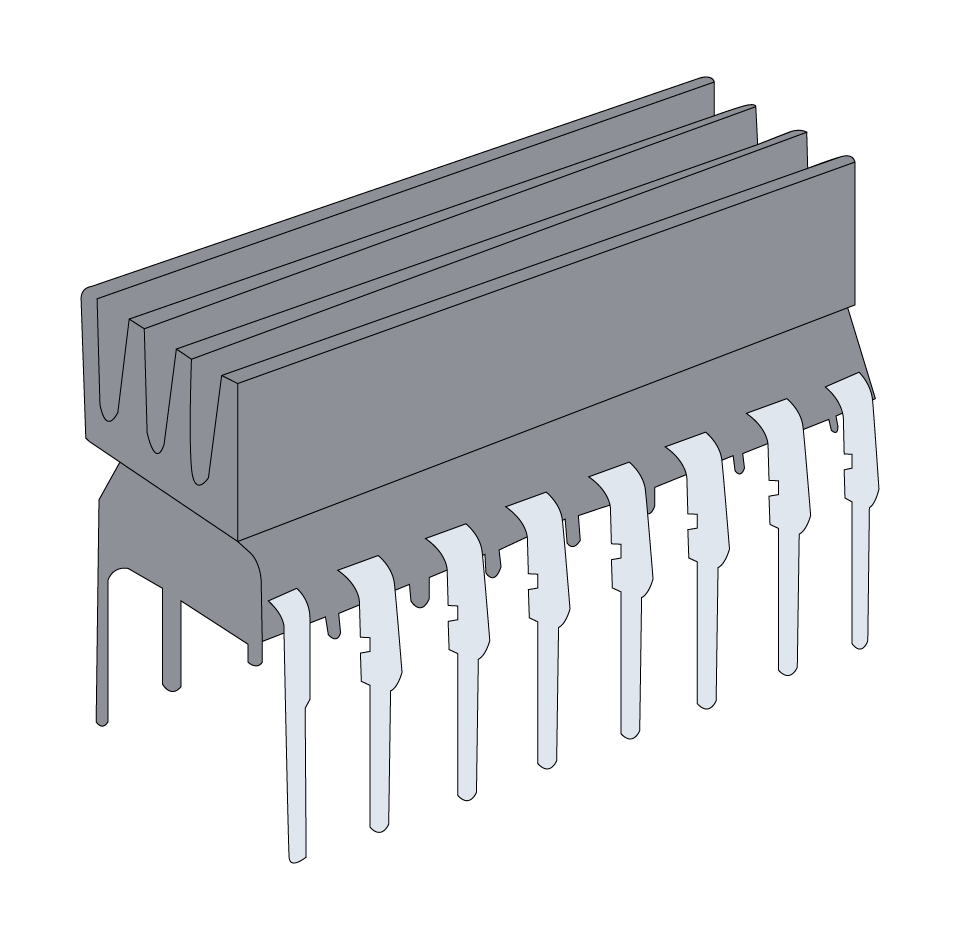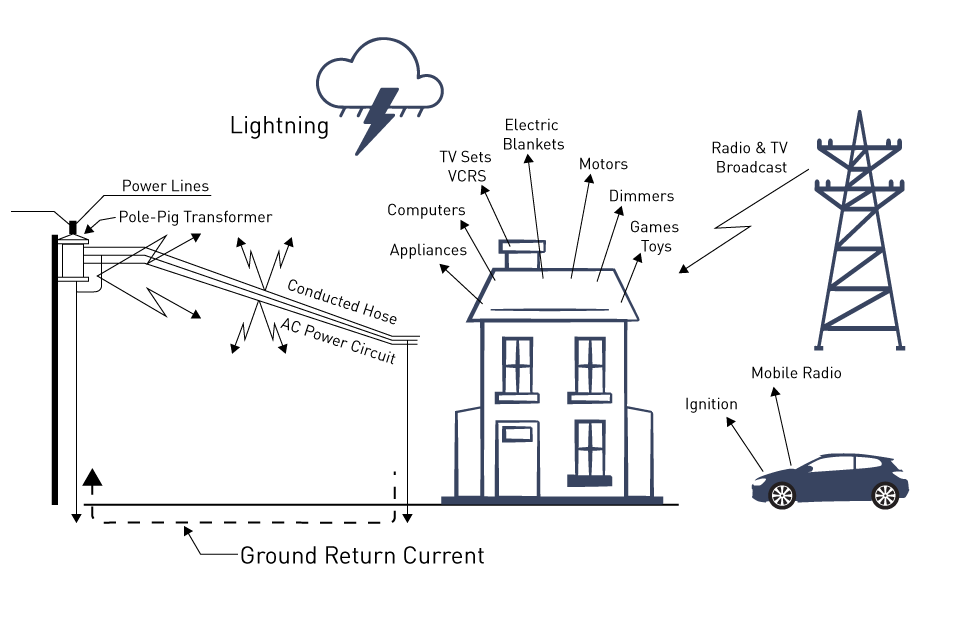Speed vs. Isolation
A significant obstacle in the development of digital isolators is balancing the need for efficient electrical isolation with high-speed communication. This delicate balancing act affects system performance and data integrity significantly and is important in many applications.
Balancing High-Speed Communication with Effective Isolation
Design Complexity: High isolation levels and quick signal transfer are necessary for high-speed digital communication, but they might be difficult to accomplish at the same time. Sophisticated circuit designs and cutting-edge materials are needed to create a digital isolator that can handle high data rates without sacrificing isolation strength.
Material and Bandwidth Constraints: The choice of isolation material and the design of the isolation channel play a significant role in determining the speed and efficacy of isolation. Faster data transfer might be possible with higher-bandwidth materials; however, isolation efficacy can occasionally be compromised.
Signal Integrity vs. Isolation Strength: Reducing the capacitance and inductance in the isolation line is frequently necessary to maintain signal integrity at high speeds, but doing so can occasionally jeopardize isolation strength. To preserve both strong isolation and high-speed performance, designers must strike the ideal balance.
Impact on Data Integrity
High-Speed Signal Degradation: Signal degradation is more likely to occur at faster speeds. Crosstalk, transmission line effects, and signal reflection are a few examples of factors that may intensify and compromise the integrity of the data being conveyed.
Error Rates and System Performance: Higher data transmission error rates might result from any compromise in signal integrity at high speeds. This may have a negative impact on the system's overall performance, particularly in applications where data dependability and correctness are crucial.
Noise and Interference Challenges: At faster speeds, it becomes more difficult to maintain data integrity when noise and interference are present. High-speed communications need to be shielded from outside noise sources through effective isolation without suffering from appreciable signal distortion.
Design for Specific Applications: The difficulty of striking a balance between isolation and speed necessitates a customized strategy for various uses. For example, a design needed for power isolation may be very different from one appropriate for high-speed data connections in a noisy environment.
Power Consumption
Controlling power consumption is a major difficulty in the field of digital isolator design, particularly as electronic components get smaller and use less energy. Key factors in contemporary electronics are the construction of low-power isolation solutions and their significance in battery-powered applications.
Designing Low Power Isolation Solutions
Material and Circuit Design Innovations: Creating low-power digital isolators requires advancements in both fields. Higher-dielectric-strength materials can isolate an area effectively while using less energy. In a similar vein, circuit designs that maximize switching efficiency and reduce leakage currents can reduce power usage.
Balancing Isolation and Efficiency: Although power is usually needed for successful isolation, advanced design strategies can assist in striking a balance between the requirement for isolation and the objective of energy efficiency. For example, power consumption can be decreased while preserving isolation integrity in the control circuitry by using techniques like pulse width modulation (PWM).
Integration with Low-Power Technologies: A developing trend is the combination of low-power semiconductor technologies and digital isolators. This entails creating isolators that work with the low-power, low-voltage operating modes of contemporary microcontrollers and microprocessors.
Power Management Features: Digital isolators that have these characteristics installed can drastically cut down on power usage. Features like power-down modes, dynamic power scaling, and adaptive power utilization depending on the device's operating state are a few examples of these.
Importance in Battery-Powered Applications
Energy Conservation: Energy conservation is essential for battery-powered applications, including wireless sensors, Internet of Things devices, and portable medical equipment. Reduced power consumption by digital isolators can help these gadgets' batteries last a lot longer.
System Efficiency and Longevity: Low-power digital isolators help battery-powered systems operate more reliably and efficiently overall. These isolators ensure that the systems can run for longer periods of time without needing frequent battery changes or recharging by lowering the energy drain.
Design Constraints and Challenges: There are frequent difficulties when designing digital isolators with low power consumption. Trade-offs with other performance metrics, such as isolation strength and speed, might be necessary. Innovative approaches to the material and architectural components of isolator design are necessary to overcome these obstacles.
Market Demand and Environmental Impact: In addition to the requirement for extended battery life, environmental concerns are what are driving the demand for low-power solutions. Energy-efficient design is becoming more and more significant when considering worldwide energy conservation and sustainability initiatives.







直接登录
创建新帐号